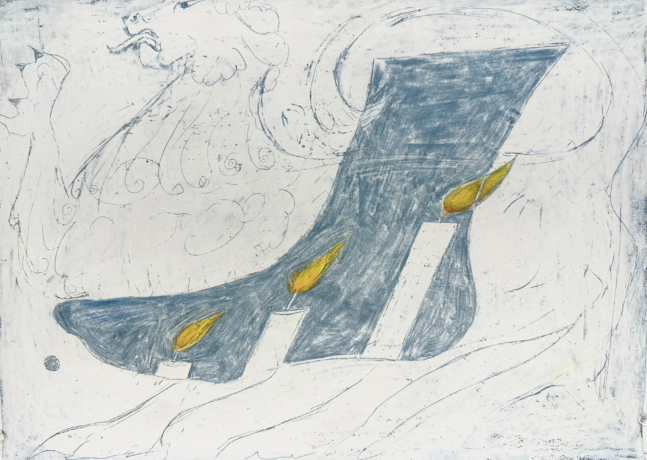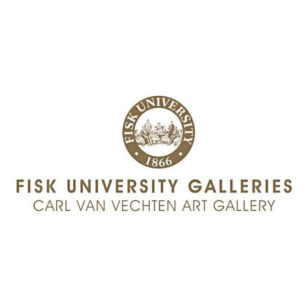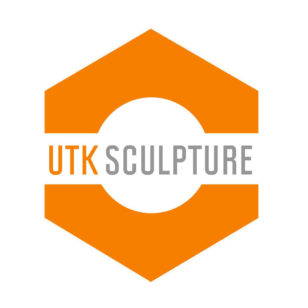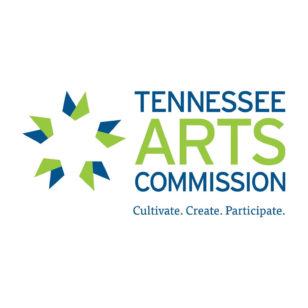
Exhibitions
A DRAWING OF A LION SHAPED BY FEAR
February 2, 2024 - March 30, 2024
Andrew Scott Ross
Tri-Star Arts is pleased to present the next exhibition in their Main Gallery at the historic Candoro Marble Building. A solo show, A Drawing of a Lion Shaped By Fear, featuring recent works by artist Andrew Scott Ross (Johnson City, TN) opens Friday, February 2 and will run through Saturday, March 30, 2024. Curator: Brian R. Jobe.
An opening reception will be held on Friday, February 2, 2024 from 5:00—8:00 pm (artist in attendance). There will be an artist talk by Ross beforehand at 3:30pm. The address is 4450 Candora Avenue, Knoxville, TN 37920 and admission is always free of charge.
He states the following about his upcoming exhibition, A Drawing of a Lion Shaped By Fear:
“This exhibit, a thematic departure for me, comprises new drawings about alienation, spirituality, Ashkenazi Jewish culture, and my personal history. Before this exhibit, and for over twenty years, my creative research had focused on the language of museums. My attraction to museums stemmed from my childhood as a kid who grew up in New York City with a family that regularly visited institutions such as The Metropolitan Museum of Art and MoMA. The singular narratives articulated in these spaces, which have been so rightfully critiqued over the past several years, were a formative element of my upbringing. I have focused most of my studio inquiry on understanding their methods and finding meaningful ways to deconstruct them.
Then, in February 2023, I created a charcoal drawing incorporating historical references from various cultures obtained through online museum databases, like much of my previous work. In the lower right corner of this new charcoal piece, I discreetly included a figure borrowed from the late Leonard Baskin's print titled "Passover Angel." Baskin, a Jewish American artist who worked throughout the 20th century, portrayed himself with biblical features in this print, including a set of wings and a long robe.
The act of drawing the outline of Baskin's figure alongside three Hebrew letters, simply spelling Pesach, signified a tentative and uncomfortable blending of the late artist's portrait, infused with his faith, and the largely inconspicuous Jewish identity that I have consciously and unconsciously underplayed throughout my adult life—this moment prompted me to address the question: Why had I excluded Jewish culture from the encyclopedic history that has informed my work for the past two decades?
At first glance, my quandary could be explained by looking at the numbers. My work has always been about encyclopedic collections of history that contain millions of objects, of which Jewish work only amounts to a tiny fraction. Jews' lackluster representation in collections is often explained by its religion's historical prohibition of image making. After all, "Thou shalt not make unto thee a graven image" is the start of the second law of the Ten Commandments.
Additionally, much of Jewish cultural objects have been washed away through rounds of war, persecution, and exile over centuries. What is left for museums to acquire has been limited; thus, proportionally, their footprint in museums like the MET, and my artistic inquiry tethered to it, follows suit.
Though my previous omissions could be explained quantitatively, they cannot explain the sheer restlessness felt in my reproduction of Baskin's work. I can trace this unease to a general fear of antisemitism, but more specifically, and more profoundly, to the impact of my grandparents’ generation, whose narratives were intertwined with the devastation of the holocaust and the proceeding embrace of assimilation into the broader American project.
My grandmother, Edith Weingarten, was a holocaust survivor from Kosice, Hungary, whose escape at the age of fourteen proceeded by a harrowing trek across Europe, months on the streets of Lisbon, and the murder of swaths of her relatives back home, became indispensable to my family's narrative. Conversely, her husband, Irving Ross, born Isidor Rosensweig, was a captain in the American Army in WWII, and whose deployment across theaters in North Africa and Europe finally landed him at the doors of the Dachau concentration camp and a proportional role in its liberation. At Dachau, he was handed a camera by his superior officer and instructed to document the horrors that have emblematized the camp's historical record. Original prints of piles of dead bodies, many Jewish, were displayed prominently in his home that I frequented as a warning and reminder of an incident he explained broke his belief in God, his Jewish faith, and why our family needed to blend into the fold of American life.
Representing my Jewishness in that charcoal drawing was essential in elevating the alienation I have felt from my Jewish heritage. In the months preceding, I traveled to Lisbon, Portugal, retracing my grandmother's story, and while there, I began my first series of drawings focused on my culture's past. They were first made in ink and later in wax. Wax appeared to be an appropriate material that is fragile as an artistic medium and synonymous with Jewish candle-lighting rituals.” - Andrew Scott Ross, January 2024
Andrew Scott Ross received his BFA from the Atlanta College of Art and his MFA at the School of the Art Institute of Chicago. He subsequently studied at the Skowhegan School of Painting and Sculpture. Ross has exhibited throughout the United States and abroad including; the Museum of Arts and Design in New York, the Building for Contemporary Art in Geneva, Switzerland, The Museum of Contemporary Art of Georgia, The Guggenheim Museum's Peter Lewis Theater, the Ben Gurion Airport in Tel Aviv, Israel, the Knoxville Museum of Art, the Hunter Museum of American Art, the Weatherspoon Museum, John Michael Kohler Arts Center, and the Asheville Art Museum. His installation Century Zoo 10 was commissioned for the exhibit, Southern Voices / Global Visions organized by South Arts and ArtFields in 2023. In the summer of 2024, Ross’ wax drawings will be a part of the Delta Triennial at the Arkansas Museum of Fine Arts. His work has been reviewed in publications such as Artforum Magazine, Art in America, The New York Times, The New Yorker, Sculpture Magazine, and Artsy. Past awards include the Joan Mitchell Fellowship for MFA, The Tennessee Fellowship from the Center for Excellence in the Creative Arts, and the South Arts Fellowship for the state of Tennessee. Most recently, he received a 2022 Current Art Fund grant through Tri-Star Arts.




